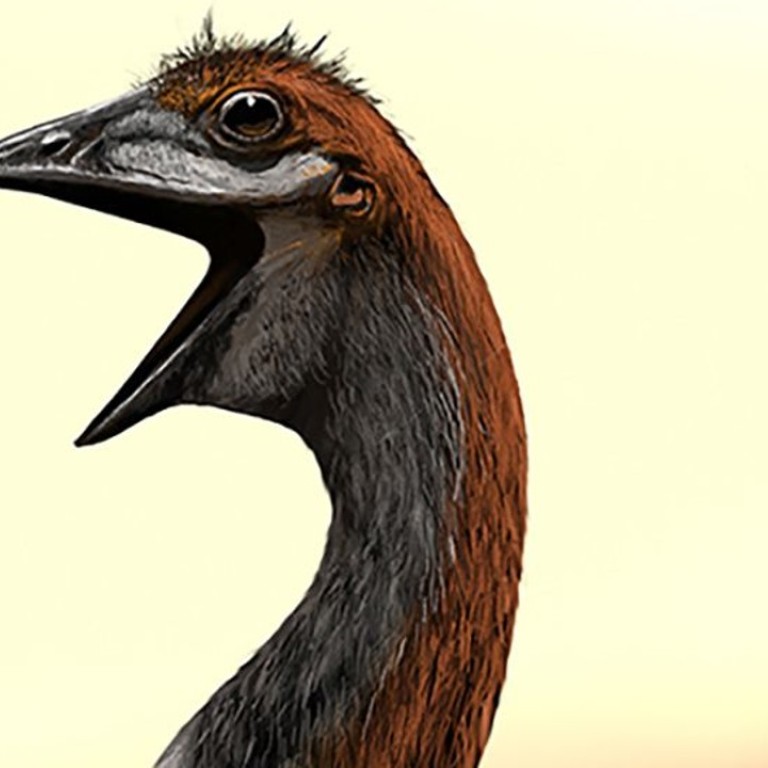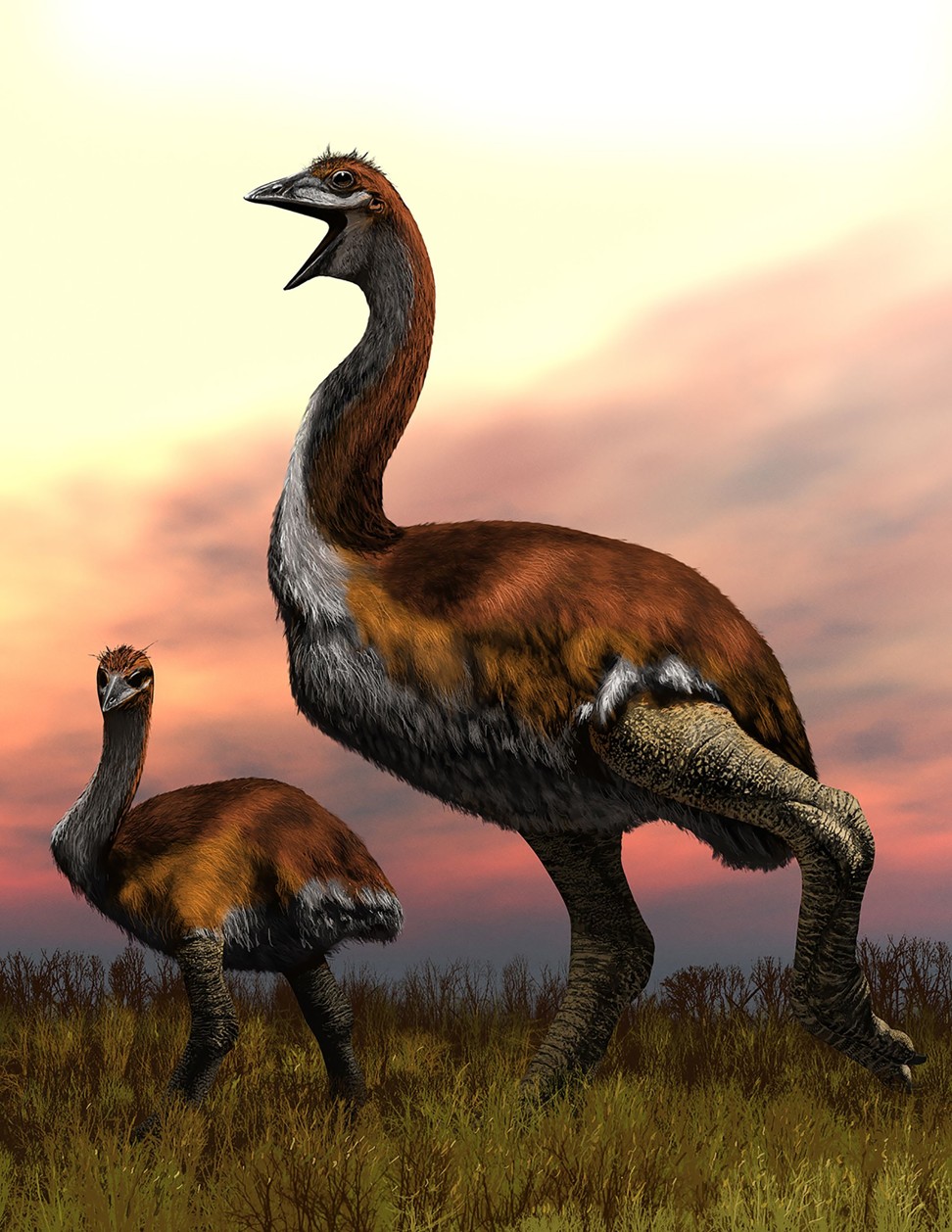
Mystery of world’s biggest bird solved: an 860kg flightless behemoth as tall as a giraffe
‘They definitely couldn’t fly as they couldn’t have supported anywhere near their weight’
After more than a century of conflicting evidence, Anglo-French animosity and a H.G. Wells novella involving murder most fowl, scientists said Wednesday they have finally solved the riddle of the world’s largest bird.
For 60 million years the colossal, flightless elephant bird – Aepyornis maximus – stalked the savannah and rainforests of Madagascar until it was hunted to extinction around 1,000 years ago.
In the 19th century, a new breed of buccaneering European zoologist obsessed over the creature, pillaging skeletons and fossilised eggs to prove they had discovered the biggest bird on Earth.
But a study released Wednesday by British scientists suggests that one species of elephant bird was even larger than previously thought, with a specimen weighing an estimated 860kg (1,895 pounds) -about the same as a fully grown giraffe.
“They would have towered over people,” James Hansford, lead author at the Zoological Society of London, said.
“They definitely couldn’t fly as they couldn’t have supported anywhere near their weight.”

In the study, published in the journal Royal Society Open Science, Hanson examined elephant bird bones found around the world, feeding their dimensions into a machine-learned algorithm to create a spread of expected animal sizes.
Until now, the largest-ever elephant bird was described in 1894 by the British scientist C.W. Andrews as Aepyornis titan – a larger species of Aepyornis maximus.
But a French rival of Andrews dismissed the discovery of titan as just an outsized maximus specimen, and for decades the debate remained deadlocked.
Hanson said his research proved titan was indeed a different species. But he also found that its bones were so distinct from other elephant bird specimens that titan was in fact an entirely separate genus.
Named Vorombe titan – Malagasy for “big bird” – the creature would have stood at least three metres (10 feet) tall, and had an average weight of 650kg, making it the largest bird genus yet uncovered.
“At the extreme extent we found one bone that really pushed the limits of what we now understand about bird size,” said Hanson, referring to the 860kg specimen.
“And there were some that led up to that too, so it’s not an outlier – there was a range of masses that are extraordinarily large.”
A close cousin of the now-extinct moa in New Zealand, the elephant bird belonged to the same family of flightless animals that today includes the kiwi, emu and ostrich.
Its petrified eggs still fetch large sums at auction, and it stars in Wells’ 1895 work Aepyornis Island alongside a pugnacious mercenary named Butcher who improbably ends up living with – and eventually killing – one of the creatures.

.png?itok=arIb17P0)